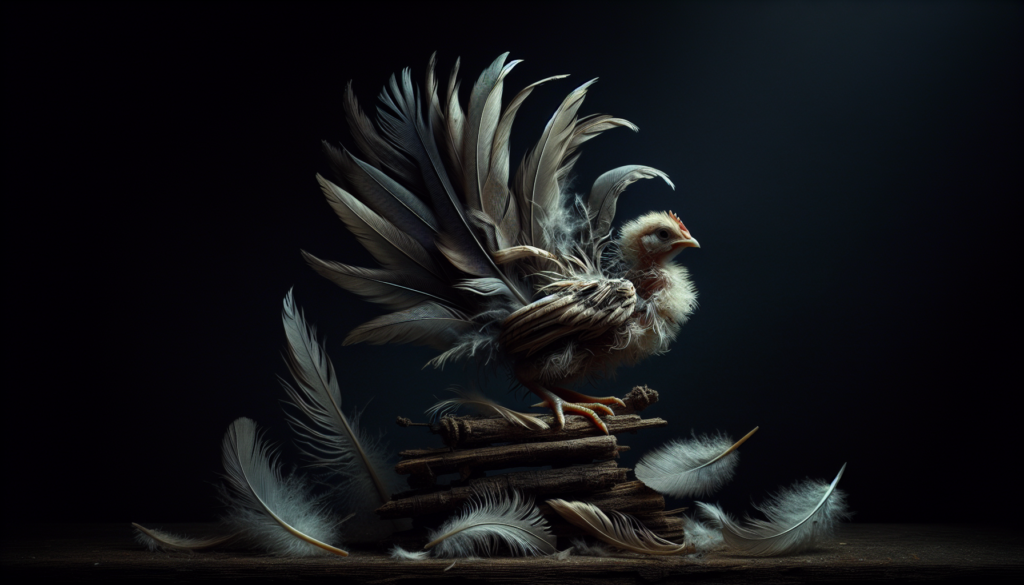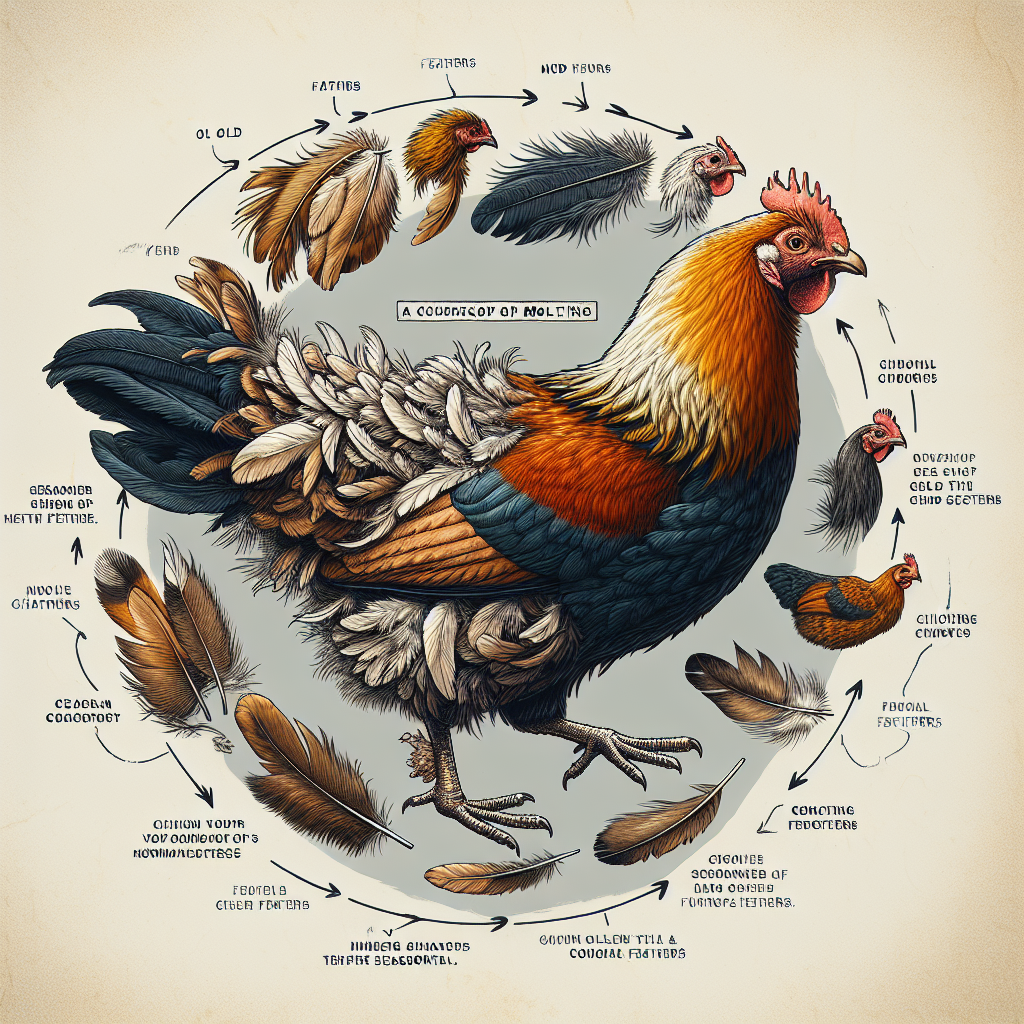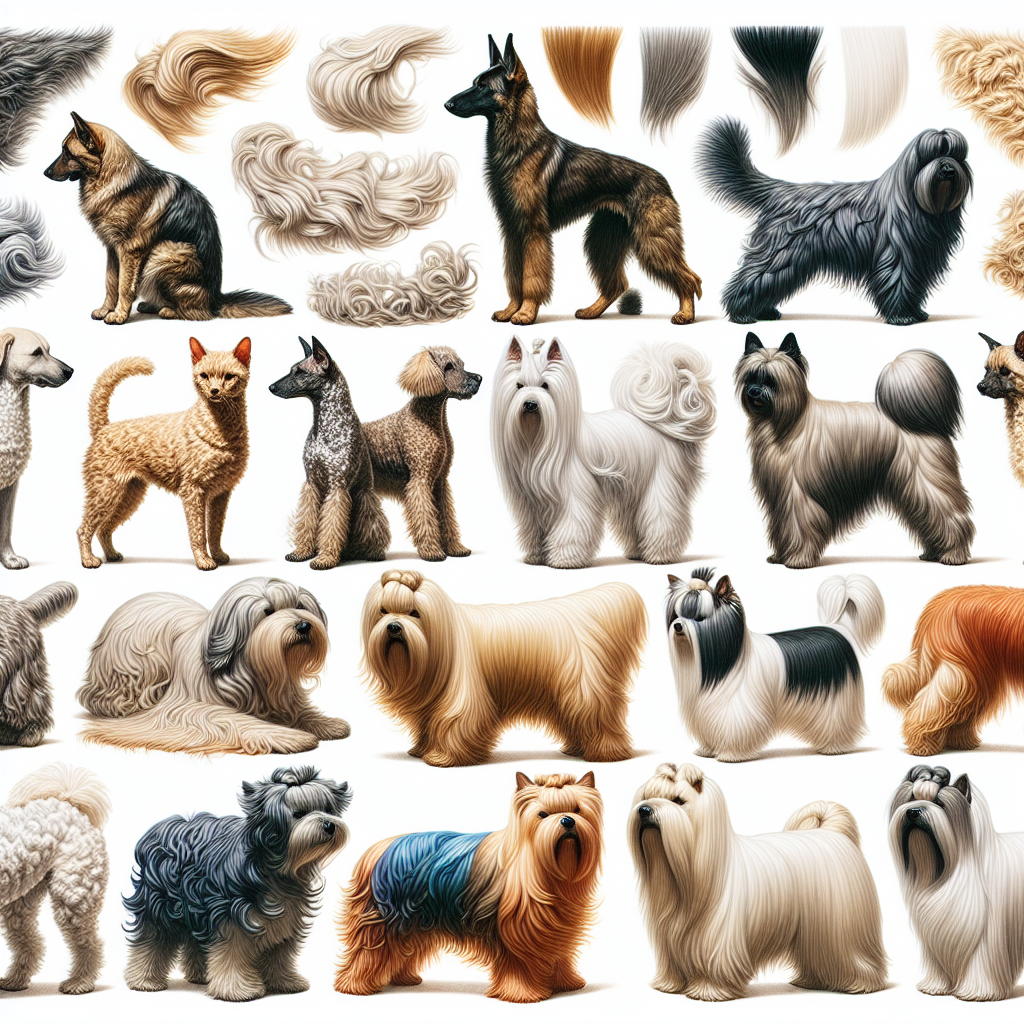Molting, a natural process in which animals shed their old feathers or skin to make way for new growth, can often be a mesmerizing sight to behold. As you observe this intricate transformation, it’s important to be aware of any potential health issues that may arise during molting. By understanding the possible complications and knowing what signs to look out for, you can ensure the well-being and vitality of these fascinating creatures as they go through this remarkable stage of renewal.
Overview of Molting
Molting is a natural process where animals, such as birds, reptiles, and insects, shed their outer layer, which can include skin, feathers, or exoskeletons. It is a crucial part of their life cycle and plays a significant role in their overall well-being.
Definition of molting
Molting, also known as shedding or moulting, is a biological process that allows animals to replace or repair damaged or worn-out external coverings. It involves the shedding of their old skin, feathers, or exoskeletons to make way for the growth of new ones.
Importance of molting for animals
Molting is essential for animals as it serves multiple purposes. First and foremost, it helps them maintain a healthy and functioning protective layer while providing support for their bodily functions. By shedding their old and damaged coverings, animals can ensure that their new outer layer is strong, flexible, and capable of resisting external threats, such as infections or injuries. Additionally, molting allows animals to adapt to environmental changes, including temperature fluctuations or seasonal variations. It also plays a vital role in the reproductive and mating processes for some species.
Physical Symptoms of Molting
During the process of molting, animals may exhibit various physical symptoms that indicate the ongoing transformation of their external coverings. These symptoms can vary depending on the type of animal and the specific stage of molting.
Changes in appearance
One noticeable physical symptom of molting is a change in the animal’s appearance. This can range from subtle color variations or patterns to a complete transformation in their outer layer. For example, birds may show variations in their plumage, while reptiles might exhibit changes in their scales or skin texture during the molting process.
Sluggish behavior
Animals undergoing molting may also display sluggish behavior. This is often due to the energy-intensive process of regenerating their external coverings. Slower movements, reduced activity levels, and a general sense of lethargy are common indicators that an animal is molting.
Loss of appetite
Another physical symptom associated with molting is a loss of appetite. Animals may experience a decreased desire for food during this period as their body focuses its energy on the molting process. It is important to monitor their food intake and ensure they receive appropriate nutrition to support the molting process.
Skin and Feather Conditions
During molting, animals’ skin and feathers go through various changes. These changes are crucial for maintaining the overall health and functionality of their external coverings.
Dry and itchy skin
As old skin is shed and new skin grows, animals may experience dryness and itchiness. This discomfort is a natural part of the molting process and usually resolves as the new skin develops fully. Providing appropriate moisturization or bathing techniques can help alleviate any discomfort associated with dry and itchy skin.
Feather loss
Birds, in particular, undergo feather loss during molting. As part of their natural cycle, they shed their old feathers to make way for new ones. Feather loss can range from minor shedding to more significant molts, such as complete wing feather replacement. Monitoring for excessive feather loss or bald patches is crucial to ensure the molting process is progressing as expected.
Abnormal feather growth
Sometimes, molting can lead to abnormal feather growth. This can manifest as misshapen, damaged, or malformed feathers. These abnormalities can affect an animal’s ability to fly, thermoregulate, or display proper mating behaviors. Regular observation and inspection of new feather growth can help identify and address any abnormal developments.
Complications During Molting
While molting is a natural process, it can sometimes be accompanied by complications that pose health risks to animals. It is important to be aware of these potential issues and take appropriate measures to address them promptly.
Infections
During molting, animals may be more susceptible to infections. The shedding of their outer coverings leaves their underlying skin or exoskeleton exposed and vulnerable to pathogens. Common infections seen during molting include bacterial or fungal skin infections. Regular hygiene practices and monitoring for signs of infection, such as redness, swelling, or discharge, can help prevent or address these issues.
Bleeding and injury
The process of shedding old coverings can sometimes result in bleeding or injury. This is particularly relevant for animals with harder external coverings, such as reptiles or insects, where molting can require significant effort. Providing appropriate environments and substrates that minimize injury risk can help mitigate these potential complications.
Weakness and fatigue
Molting can be physically demanding for animals, which may lead to weakness and fatigue. The energy required for regenerating the new external coverings can leave animals feeling tired and lethargic. Providing a balanced and nutritious diet, along with sufficient rest, can help support their overall well-being and recovery during this time.
Effects on Respiratory System
Molting can have implications for an animal’s respiratory system, particularly in birds and insects. Respiratory health plays a crucial role in their overall well-being and can be affected during the molting process.
Respiratory infections
The weakened immune system and increased vulnerability during molting can make animals more prone to respiratory infections. Birds, for example, may experience conditions like avian trichomoniasis, which affects their upper respiratory tract. Regular monitoring for respiratory symptoms, such as coughing, sneezing, or difficulty breathing, can help identify and treat any infections promptly.
Difficulty breathing
In some cases, molting can lead to difficulty breathing, especially in animals with intricate respiratory structures like birds. The shedding and regrowth of feathers or exoskeletons can temporarily disrupt normal respiratory functions and cause respiratory distress. Providing a stress-free and well-ventilated environment during the molting period is essential to support proper breathing.
Implications for Digestive System
The molting process can also have effects on an animal’s digestive system, impacting their ability to properly digest and absorb nutrients.
Digestive disturbances
During molting, animals may experience digestive disturbances due to the redirection of energy towards the molting process. This can result in reduced appetite, slowed digestion, or changes in bowel movements. Monitoring their food intake, providing easily digestible and nutrient-rich foods, and consulting with a veterinarian if necessary can help manage these digestive disturbances.
Impacted crops
In birds, particularly those with a crop, molting can increase the risk of crop impaction. The process of molting, combined with the ingestion of new feathers or increased feather dust, can lead to blockages in the crop. This can cause discomfort, decreased appetite, or regurgitation. Regular crop checks and providing appropriate dietary fiber can help prevent or address crop impaction during molting.
Metabolic Changes
Molting can result in metabolic changes within an animal’s body, influencing various physiological processes and hormonal balance.
Hormonal imbalances
The molting process involves complex hormonal changes, which can sometimes lead to imbalances. These hormonal fluctuations can affect an animal’s behavior, reproductive functions, and overall health. Ensuring proper nutrition, minimizing stress, and providing an environment conducive to hormonal stability can help mitigate potential imbalances.
Altered metabolism
During molting, an animal’s metabolic rate may undergo alterations. The energy required for the molting process can impact an animal’s overall metabolism, potentially increasing or decreasing their energy expenditure. It is important to adjust their diet and caloric intake accordingly to support this metabolic shift and ensure they receive appropriate nutrition.
Psychological Impact
Molting can also have psychological implications for animals, as the process itself and its associated physical changes can affect their overall well-being and behavior.
Stress and anxiety
The physical discomfort, changes in appearance, and potential disruptions in daily routines during molting can induce stress and anxiety in animals. This can manifest as increased agitation, restlessness, or behavioral changes. Providing a calm and stress-free environment and engaging in stress reduction techniques can help alleviate these psychological impacts.
Behavioral changes
Molting can bring about temporary behavioral changes in animals. Birds, for example, may display increased territoriality or aggression towards others during this period. Recognizing and understanding these behavioral shifts can help us provide appropriate support and ensure their safety and well-being.
Economic Considerations
The impact of molting is not limited to the well-being of animals; it can also have economic implications for individuals or industries that rely on animal productivity.
Loss of productivity
During molting, many animals, such as laying hens, experience a temporary decrease in productivity. Birds may temporarily cease laying eggs while focusing their energy on molting and regrowing feathers. This can lead to reduced income or productivity for farmers or individuals involved in egg production or other industries relying on animals’ productivity.
Increased veterinary costs
Molting, especially when accompanied by complications or health issues, can result in increased veterinary costs. Treating infections, managing injuries, or addressing nutritional imbalances associated with molting can require professional veterinary care. Considering these potential costs and having a contingency plan can help mitigate the economic burden associated with molting.
Preventive Measures
To ensure the health and well-being of animals during the molting process, several preventive measures can be implemented.
Proper nutrition
Providing a well-balanced and nutrient-rich diet is crucial during molting. Animals require an increased intake of protein, vitamins, and minerals to support the growth of new skin, feathers, or exoskeletons. Consulting with a veterinarian or avian specialist to design a suitable diet for the molting period is highly recommended.
Maintaining hygiene
Maintaining proper hygiene is essential during molting to prevent infections or skin irritations. Regularly cleaning and disinfecting their living environment, removing old feathers or exoskeletons, and providing clean drinking water can help minimize the risk of contamination and ensure hygienic conditions.
Stress reduction techniques
Implementing stress reduction techniques can help alleviate any psychological stress experienced by animals during molting. Providing a quiet and calm environment, minimizing disruptions or disturbances, and engaging in enriching activities can contribute to reducing their stress levels.
In conclusion, molting is a natural and necessary process for many animals. While it plays a vital role in their overall health and well-being, it can also present potential health issues and complications. By understanding and addressing the physical, respiratory, digestive, metabolic, psychological, and economic aspects of molting, we can ensure animals experience a smooth and healthy transition during this natural phenomenon. Taking preventive measures, such as proper nutrition, hygiene maintenance, and stress reduction techniques, can help animals navigate the molting process with ease and minimize any associated risks.




